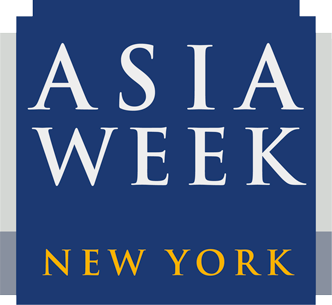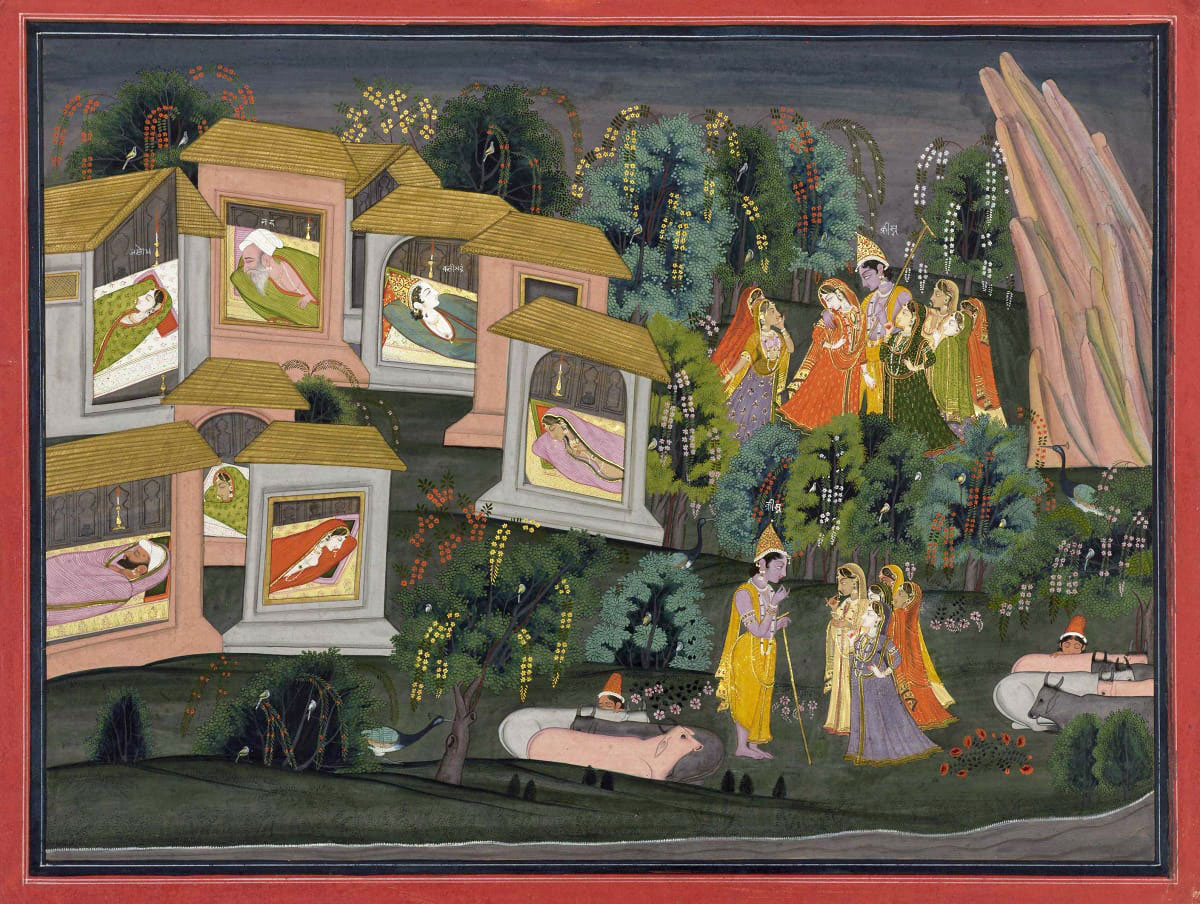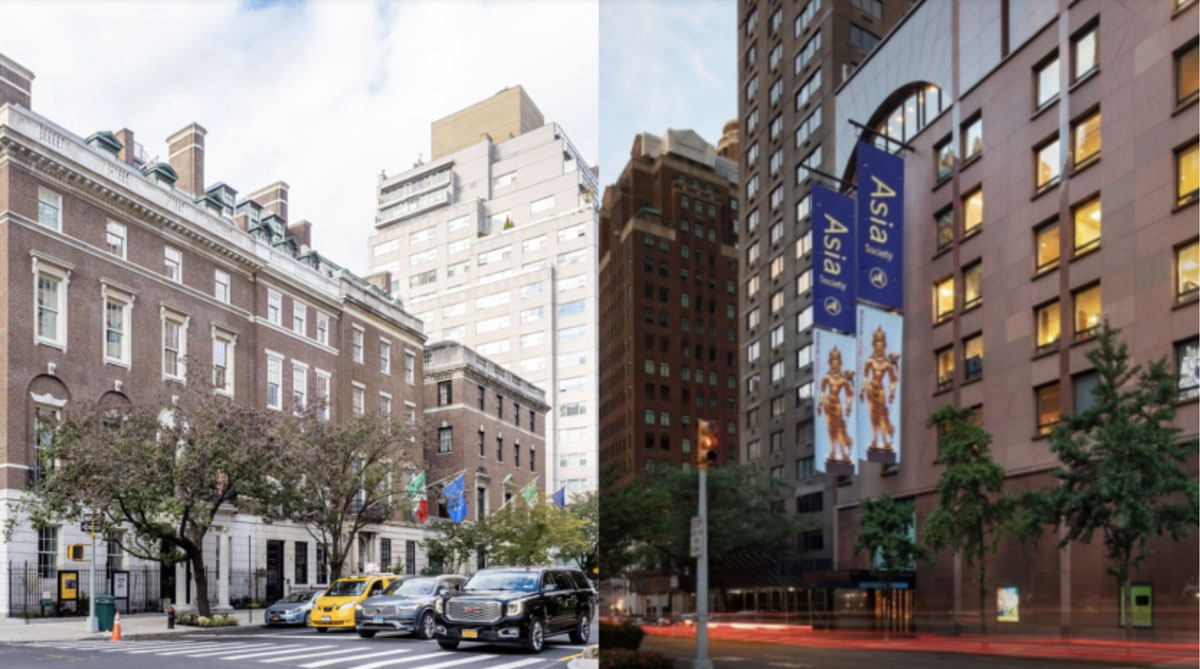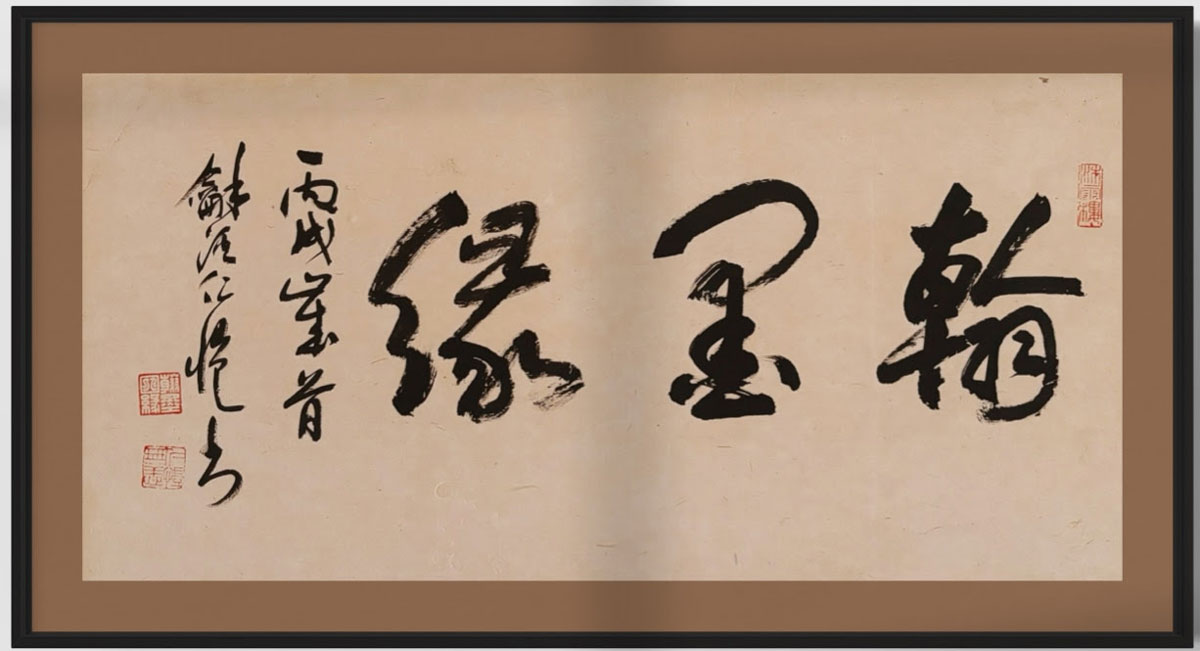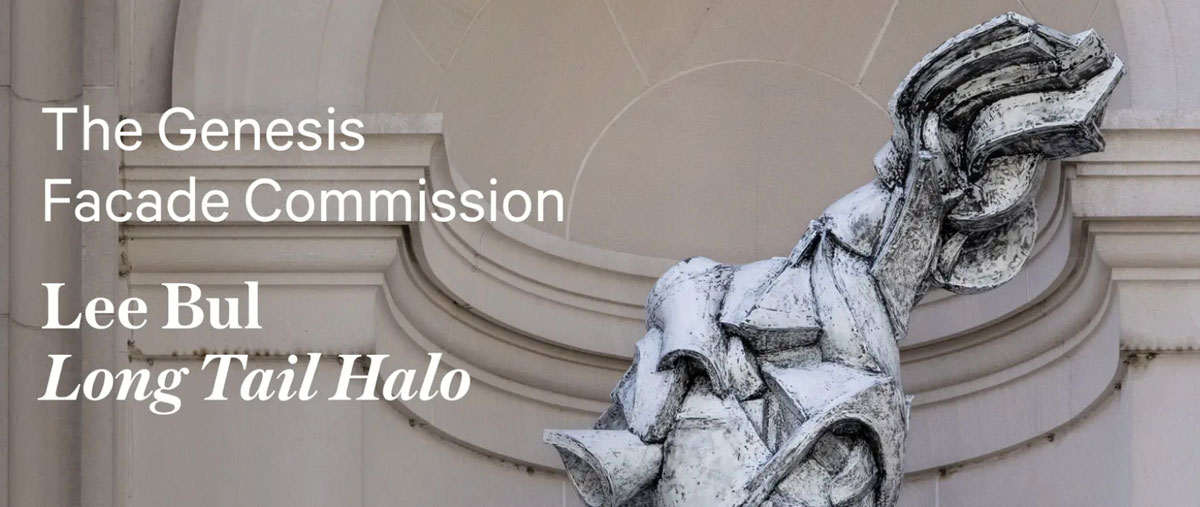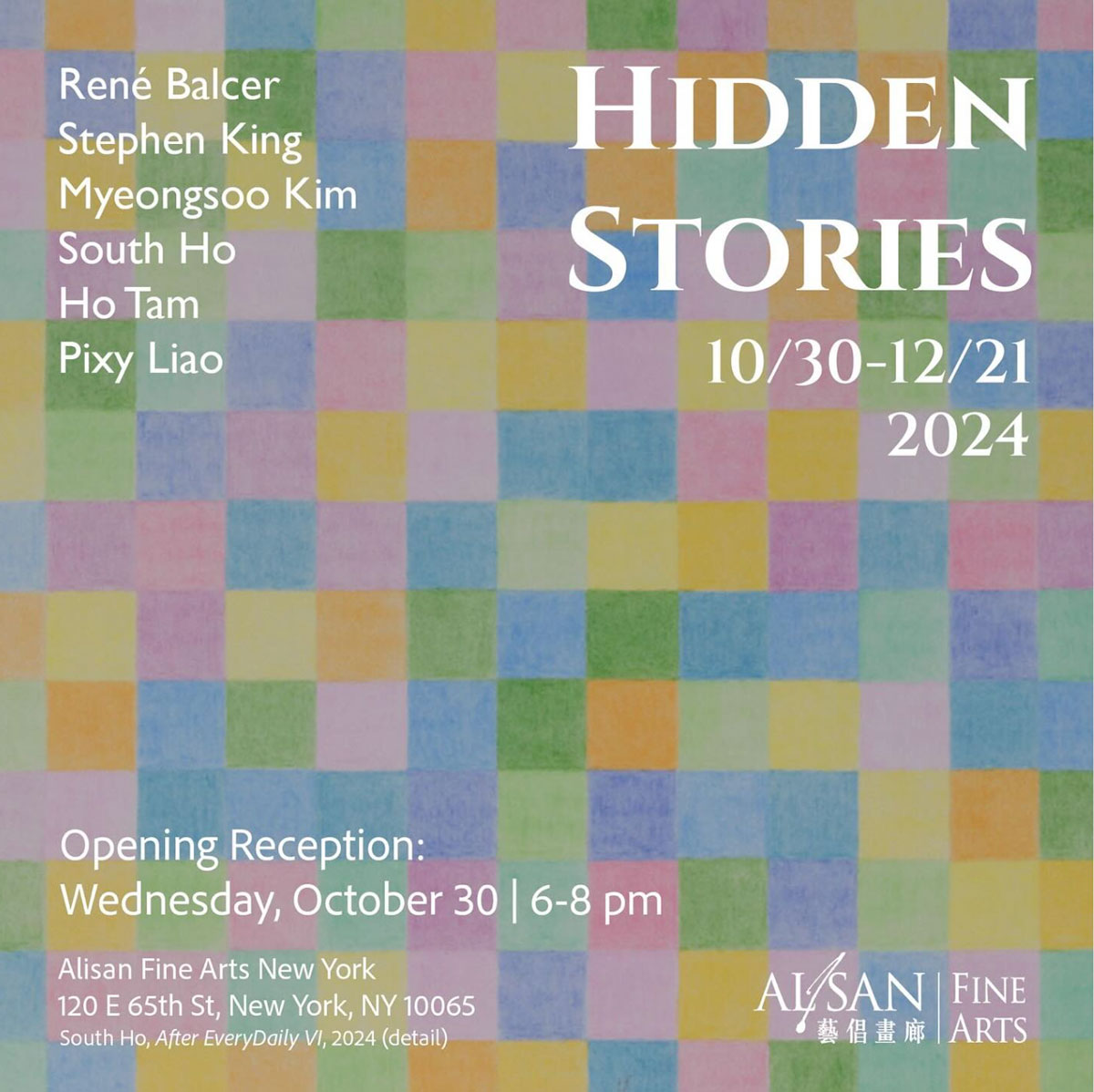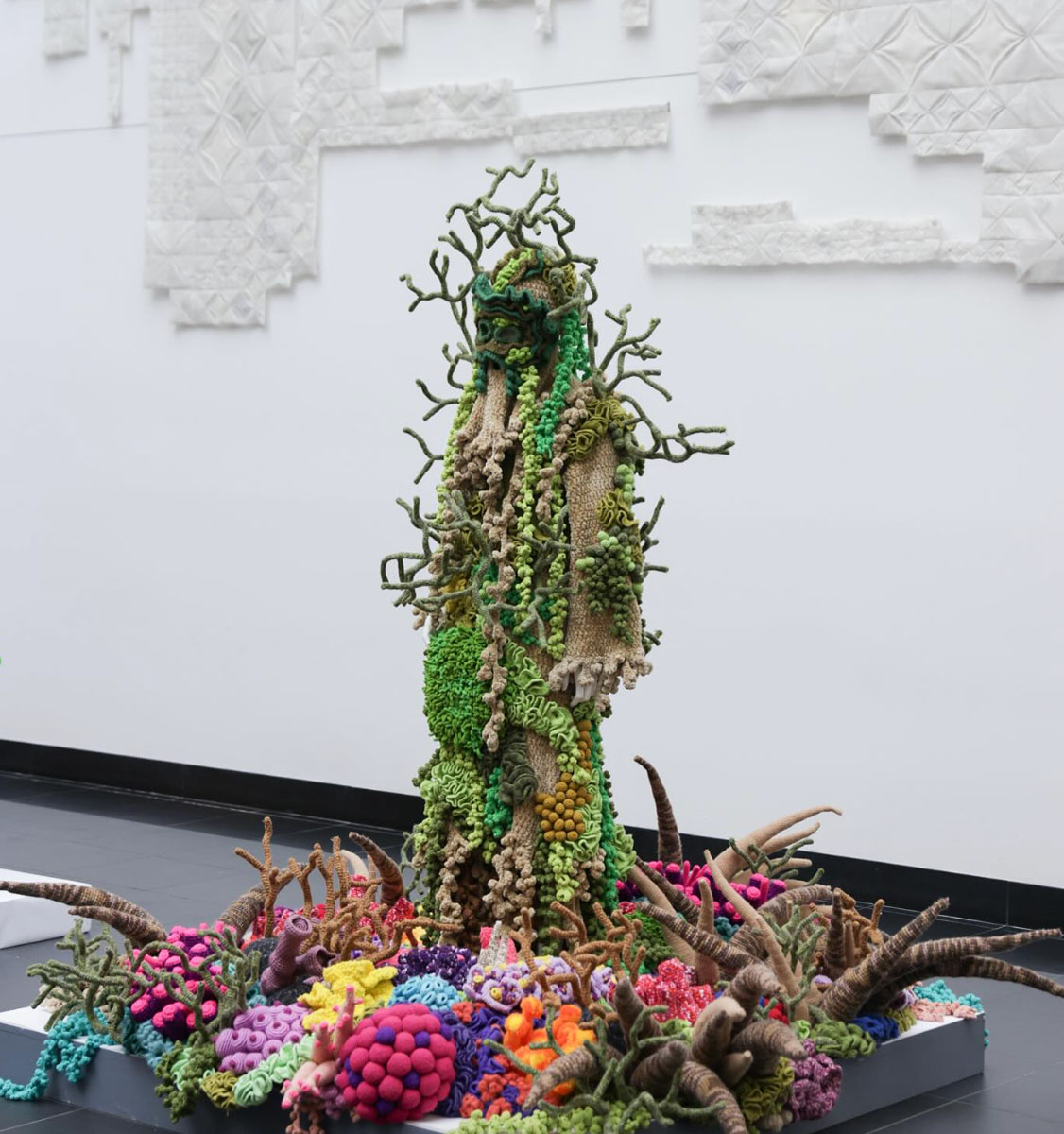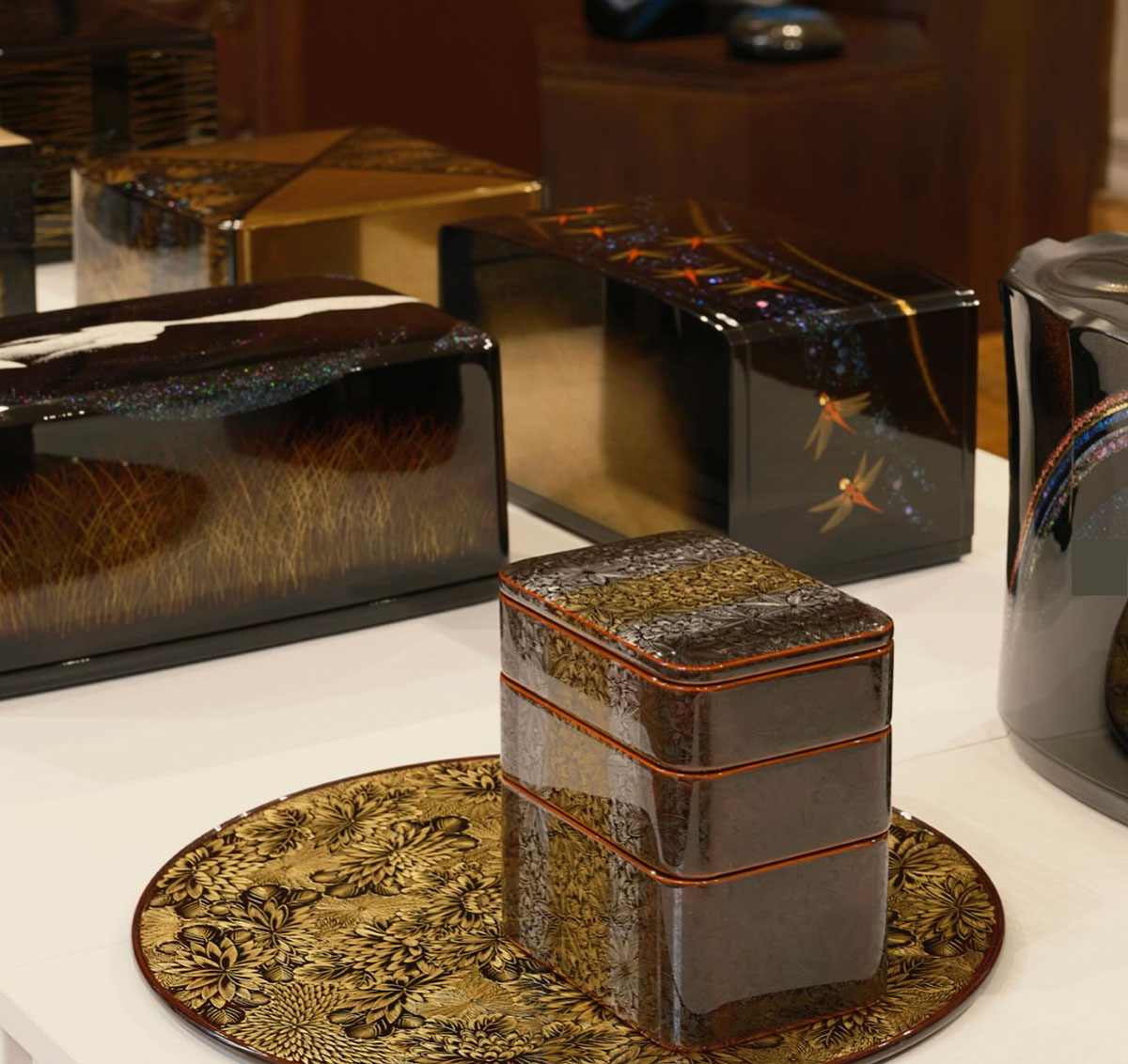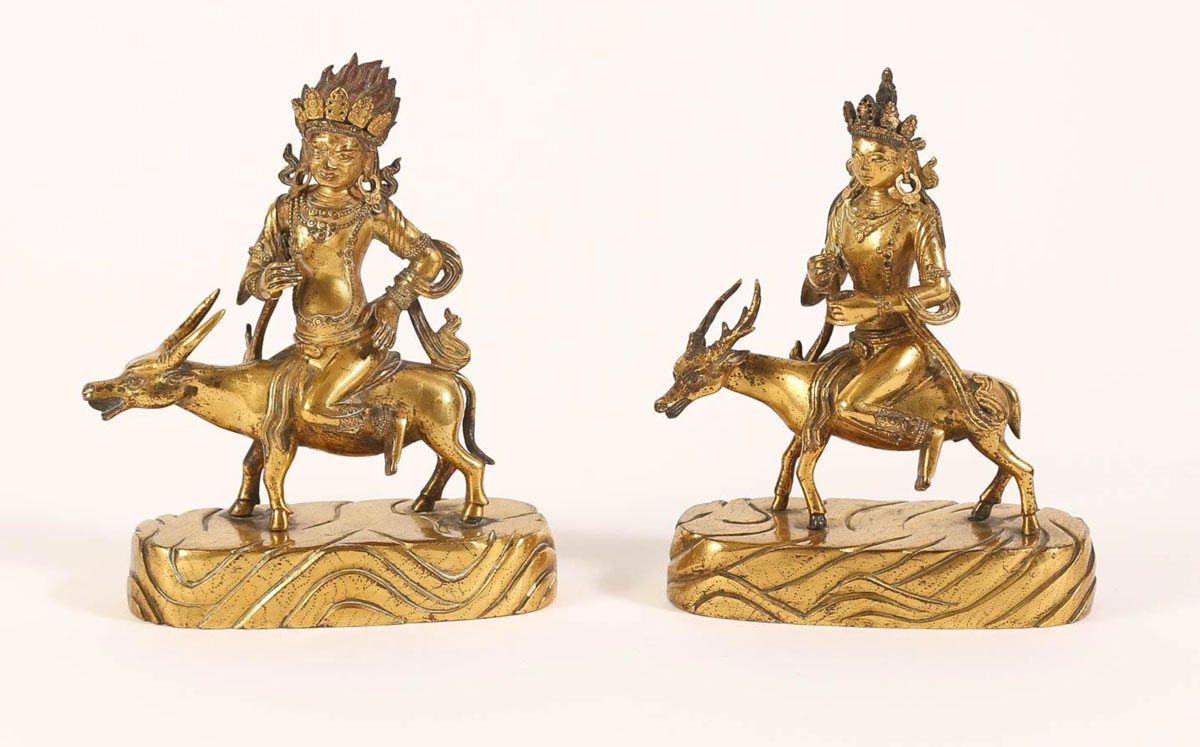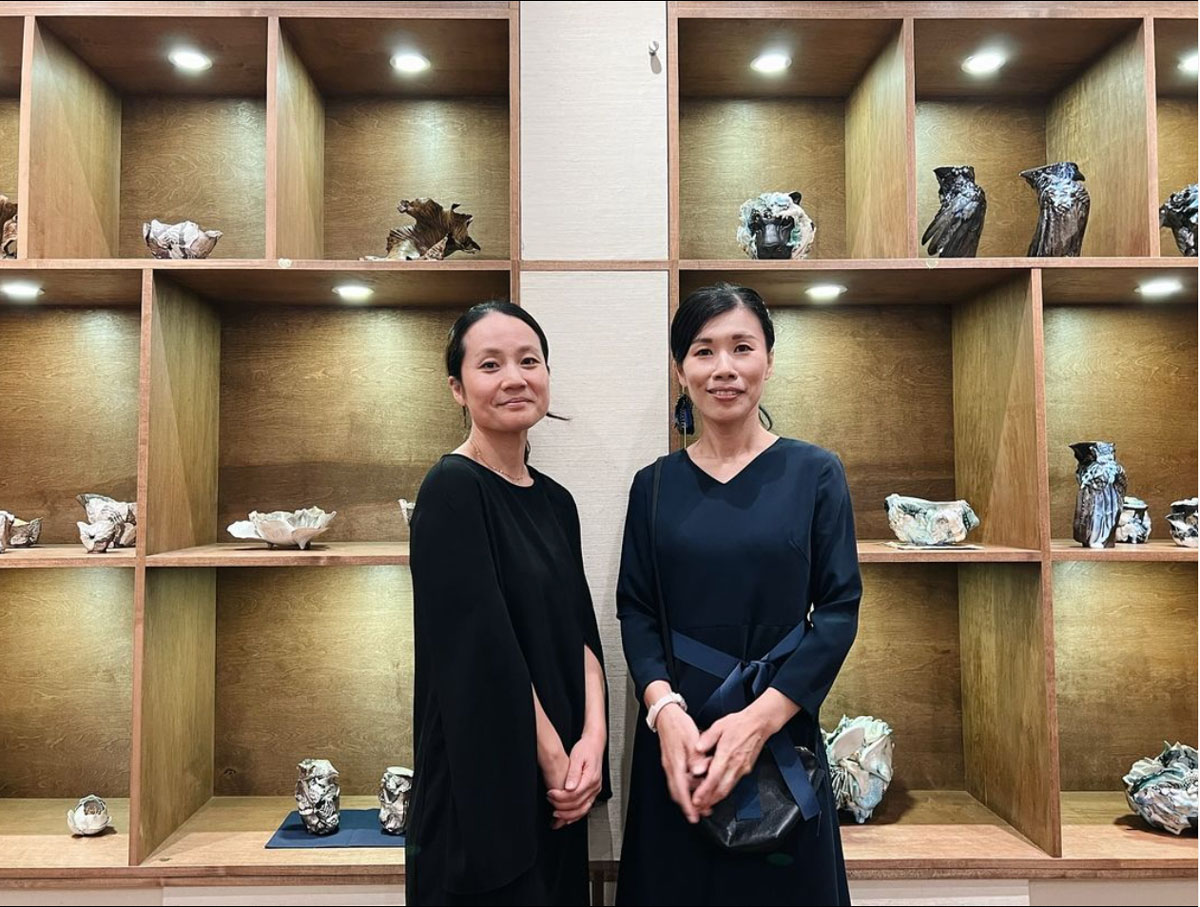
Installation view with artists, SAYAKA + SAYAKA: Contemporary Ceramics by Shingu and Oishi Sayaka, Dai Ichi Arts Ltd.
SAYAKA + SAYAKA: Contemporary Ceramics by Shingu and Oishi Sayaka
Closing Friday, November 1, 2024
18 East 64th St, Ste1F, NYC
There’s still time to catch Dai Ichi Arts’ latest exhibition, SAYAKA + SAYAKA: Contemporary Ceramics by Shingu and Oishi Sayaka, where flora and fauna converge, giving rise to captivating contemporary ceramics before it closes on November 1st.
Highlighting two young women artists from a new generation of Japanese ceramics, this show explores the potential of “decoration” as a primary mode of artistic expression through the contemporary visions of Shingu Sayaka and Oishi Sayaka.
Shingu Sayaka’s work places a significant emphasis on the symbolism of flora and botanical forms, allowing her to explore profound Japanese themes of mutability and ephemerality through both sculptural and functional pieces. In this exhibit, she introduces a new series of “Lotus” pieces, sculpting the iconic lotus flower and its leaves into sensitive and daring ceramic sculptures that remind us of nature’s fragility.
Oishi Sayaka crafts surreal compilations of fauna in her sculptural and functional creations, where metaphysical themes of nature, human identity, time, and mortality converge through the mode of decoration. For this exhibit, she creates work that showcases an exquisite array of fauna, including eagles, turtles, coral reefs, koi fish, deer, lions as well as her signature “Apple” forms that show an amalgam of her animated motifs.
Both artists from Kansai, who share the same given name and have become fast friends, have explored the tension between form, function, and surface to create new works in dialogue with one another.
To learn more, click here.
